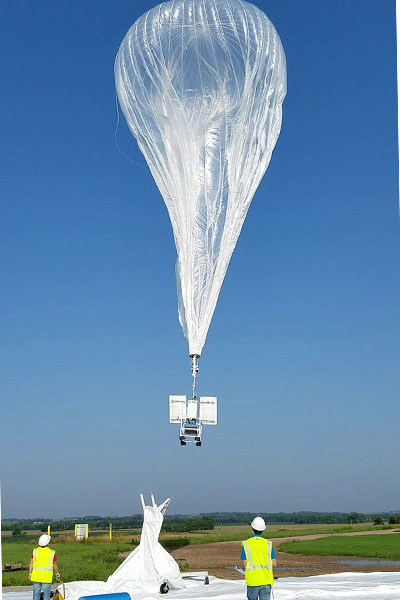Aircraft operators rebound but continue to struggle with delays
By Tom Reynolds|December 2022
The Aircraft Operations Technical Committee promotes safe and efficient operations in the airspace system by encouraging best practices and information-sharing among the community and government agencies.
After a 70% drop in aviation operations and a 90% reduction in passengers during the first half of 2020 due to the covid-19 pandemic, passenger demand by mid-2022 was close to pre-pandemic levels. However, flight numbers were still down slightly due to airline flight crew and air traffic control staffing challenges, which led to large numbers of delays, cancellations and other disruptions worldwide. Nearly a quarter of all U.S. flights were delayed by an average of an hour each during June-August.
In terms of air traffic control evolution, two operational evaluations to advance the implementation of trajectory-based operations, or TBO, took place in Europe and the United States. In July, Swiss air traffic control provider Skyguide evaluated the capability to visualize key downlinked trajectory data — such as top of descent and speed schedule — into ATC automation. In May, the FAA Technical Center conducted studies to evaluate the ability to extend the use of TBO under all weather conditions through the integration of convective weather polygons into key automation systems. Both demonstrations showed the potential of extended use of aircraft-derived and convective weather data to expand the use of TBO.
There was an increased focus on climate impacts of aviation throughout the year following the publication of the U.S. Aviation Climate Action Plan in November 2021, which details the key role that aircraft operations enhancements will continue to play in reducing climate impacts. Other countries are developing similar plans after International Civil Aviation Organization member states in October adopted the goal of achieving net-zero carbon emissions by 2050.
Throughout the year, FAA and NASA continued to work with stakeholders through the Advanced Air Mobility Ecosystem Working Groups. For example, the Cross-Cutting Working Group is developing a map of research required to establish certification processes for systems that incorporate machine learning and autonomy. In June, NASA’s AAM National Campaign completed the X4 collaborative simulations with industry, which tested initial interoperability requirements for strategic conflict management. The National Campaign’s first flight demonstration NC-1 was planned for the second half of 2022 as of October. Participants will demonstrate integrated operations in relevant scenarios that include two-way network flight communications, beyond-visual-line-of-sight operations, simulated contingencies, dynamic traffic avoidance, and approach and landing in the presence of real structures.
In February, critical ground testing was completed on NASA’s X-59 supersonic demonstrator as progress continues toward a 2023 first flight. The X-59 is designed to reduce the loudness of the sonic boom to a gentle “thump” in flights over communities around the U.S., scheduled to start in 2024. This data could prompt regulators to change current prohibitions against commercial supersonic operations over land. In August, American Airlines announced it would purchase up to 20 of Boom Supersonic’s Overture airliners, which are designed to carry 65-80 passengers at Mach 1.7. Boom plans to roll out the jets in 2025 and carry passengers by 2029.
Commercial space operations continued to expand in the U.S. As of mid-November, SpaceX had launched 52 missions, with an expected year-end total of close to 60, compared to a total of 33 in 2021 and 26 in 2020. As of October, Blue Origin had conducted four flights with its New Shepard vehicles.
Contributors: Luke Burlovich, Gabriele Enea, Tony Evans and John Koelling


































